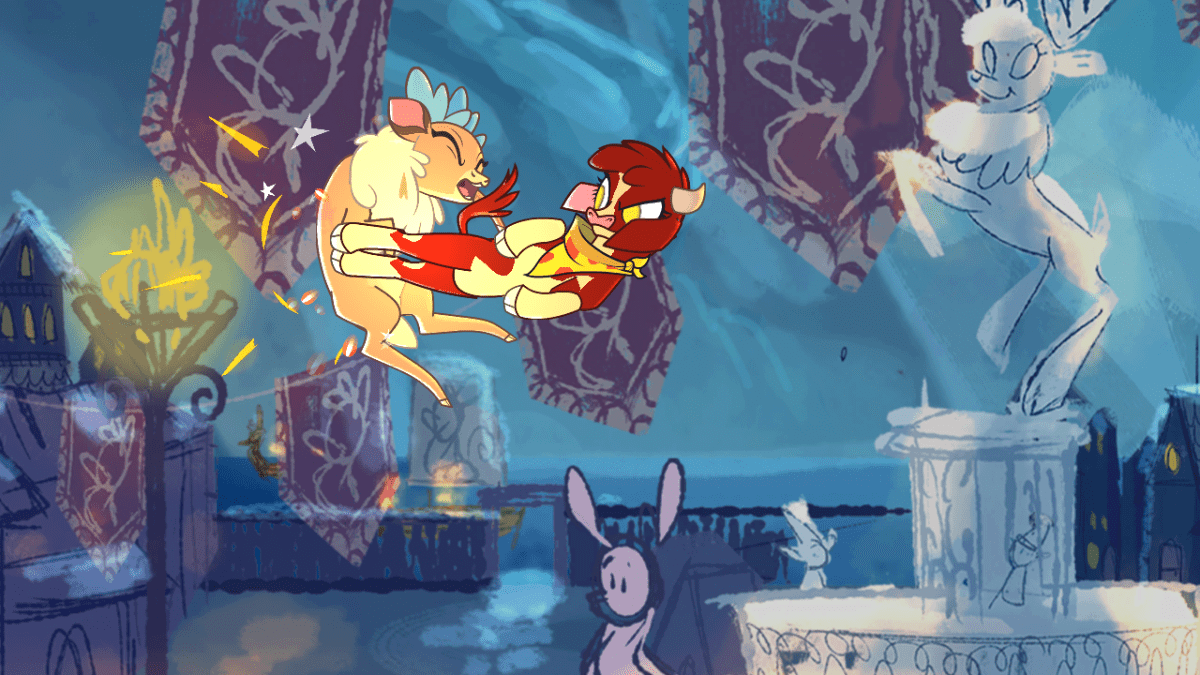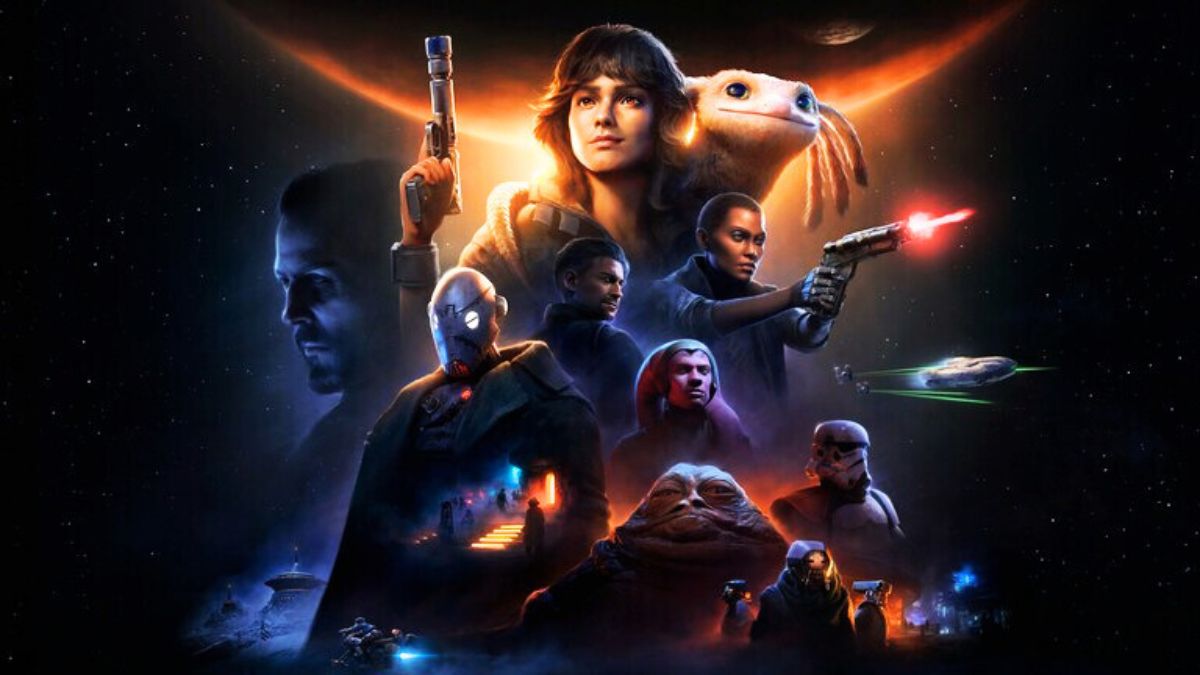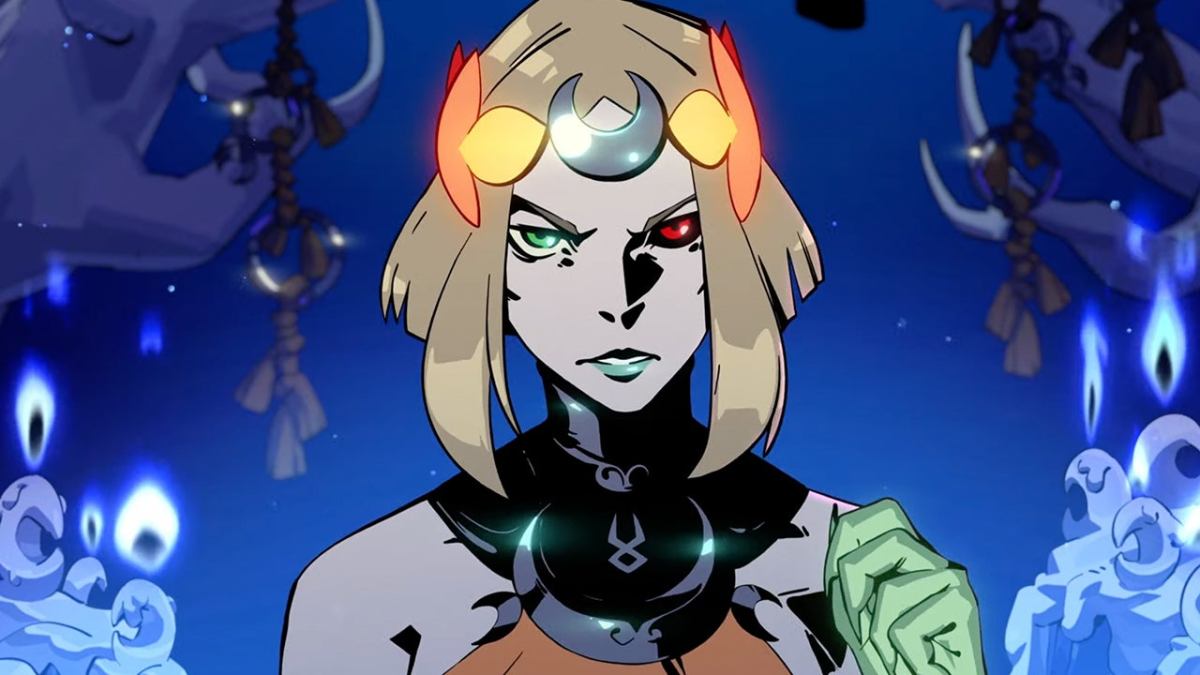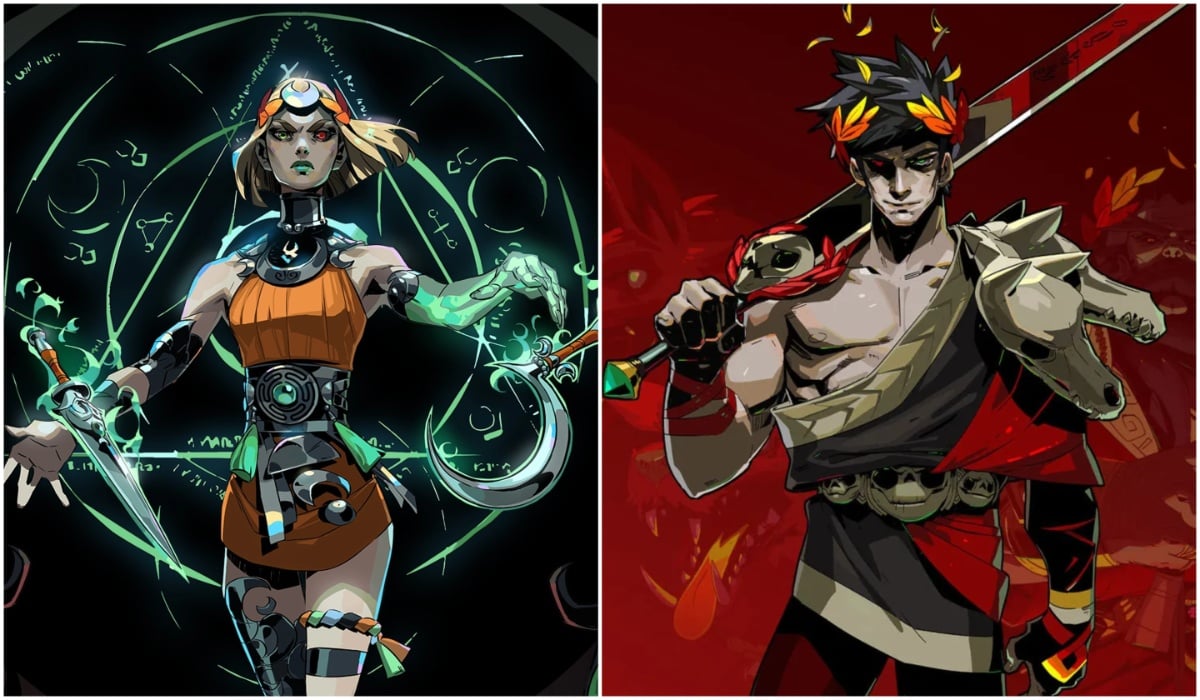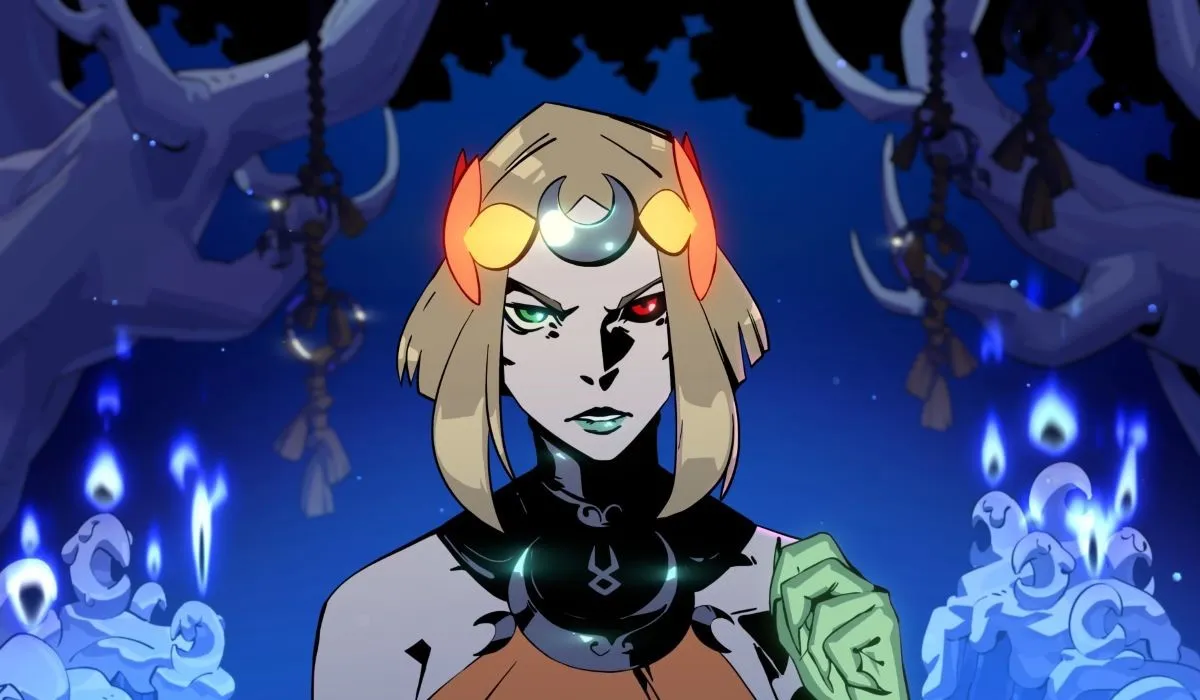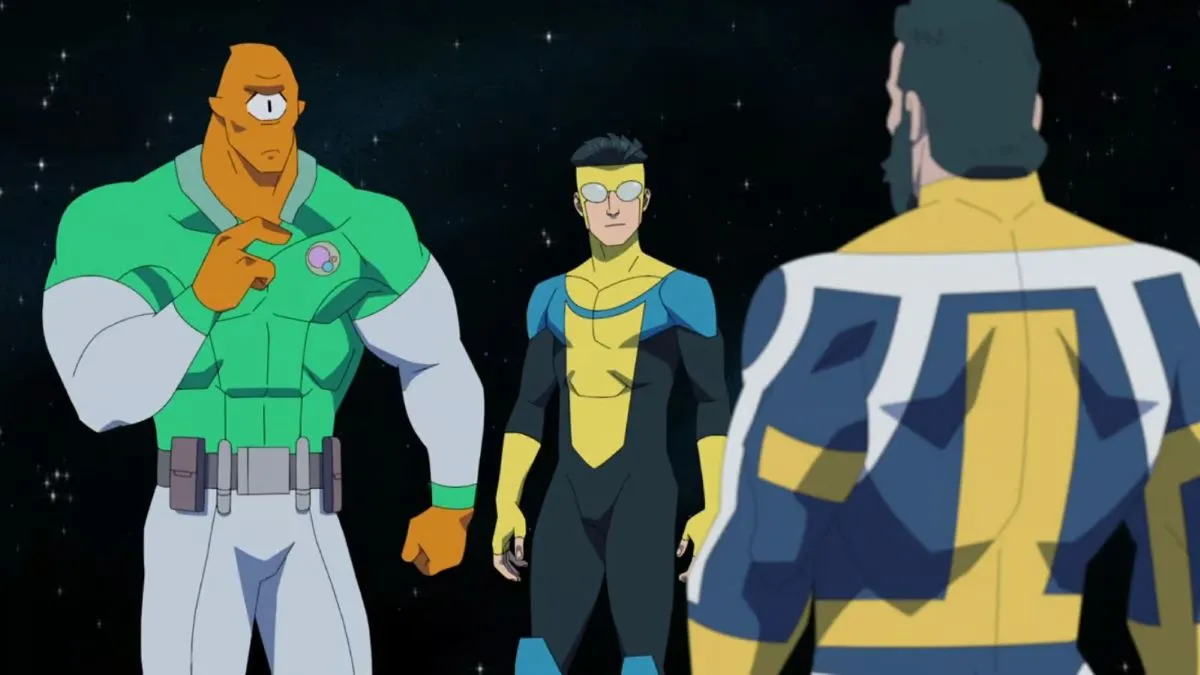After being stopped by a cease and desist letter from Hasbro, it looked like the fan-made My Little Pony fighting game that had gained a lot of attention online might never see the light of day. That is until My Little Pony: Friendship is Magic’s developer, Lauren Faust, stepped in and offered to help the team behind the game bring their project to completion with new, original characters. They formed the development team Mane6 and are back for round two with their all-female roster of hoofed combatants in the newly dubbed Them’s Fightin’ Herds.
The project is currently in its final days of seeking funding on Indiegogo and looks like it’s on track to be a success, so I reached out to the team via email to find out more about this unique take on a fighting game.
TMS (Chris Isaac): To start off, I believe this is Mane6’s first game. Based on the origins of the game, I’d assume enjoying My Little Pony played a big part in bringing you together for this, but what other elements brought you all together to make a fighting game?
Omari Smith (Combat design): The excitement generated by the show itself, and the gigantic artistic canvas generated by its universe and its fandom brought us together initially. The positive response of those who discovered our project and then followed it is what kept us going strong. We felt we had finally found a team of people we could work with and actually complete tasks with quality.
Jay Wright (Animation, SFX): Aside from the passion for the creation of a fighting game that was outside what any of us had seen, I’d say the elements of luck and persistence are a huge factor. I dunno how familiar people are with fan projects, but there are probably hundreds of ideas for fan projects starting every day. I would say 99% of them never go beyond the idea phase. It’s exceedingly unlikely that any given fan project will go anywhere at all, let alone stick together for as long as we have. Of the ones that do get past the idea phase, most of them are filled with passion, but are lacking skills. This often means they have to reach out to hopefully find another person that has the skills, the passion and can work with the existing team (for free!). That is another needle in a haystack that can totally stop a project dead if not found. The tiny team we started with, from a random collection of people who happened to see a single post on a single forum at a certain time happened to get along and have the drive and skills that complemented each other and most of the gaps were filled right off the bat.
TMS: So this started out as the fan game My Little Pony: Fighting is Magic, but after you got a cease and desist from Hasbro, you evolved the project into Them’s Fightin’ Herds. I’m sure having to revamp a project you spent so much time on was frustrating and difficult, but what advantages came about from being pushed into doing a totally original project?
Omari: The advantage of being pushed into something totally original is just that; It’s totally original! We are now allowed to tell and experience a whole new story and cast of characters with the fear of being shut down due to copyright being replaced by the pressure of getting players and spectators invested in a new IP. We have overcome many challenges leading to this point, and taking on another is par for the course.
TMS: Since people are just now being introduced into this world, how would you describe the premise and story to newcomers? Why’s everyone fighting?
Lauren Faust (Character design): Our story takes place in a world where the dominant species, the “humans,” are ungulates (hoofed mammals). Their entire world and way of life is being threatened by the return of their greatest enemies – Predators, who had been banished to a magical prison realm generations ago. Only one of these ungulates must face the big bad, the leader of the Predators, to keep them all from re-entering their world and basically eating everybody.
Initially the game was conceived as other fighting games – an official, formal tournament of hand-to-hand (hoof-to-hoof?) combat would be held to choose the champion. We wanted to change that up a bit because that’s almost all that’s ever done.
Each of our characters has been chosen champion of their own species and they each think it is their personal destiny to save the world and keep everyone from being eaten. They are fighting each other for an enchanted key that the final champion will need to lock the big bad and all the predators away once and for all. Whoever beats up the rest of the champions gets the key and gets to face the big bad and save the world.
It’s a bit more complex than just fighting for an honor in a tournament, but what has been so interesting to me is that the audience, the people who are supporting the project so far, seems to be hungry for a little more immersive storytelling with a little more depth and complexity behind the characters and their motivations. And I personally love the combo of seriousness and silliness that’s coming out of it. It’s exciting!
TMS: I suppose this question would be best suited to your Combat Designer, Omari Smith: an obvious difference between Them’s Fightin’ Herds and most fighters is here the combatants fight on four legs instead of two. It sounds like just an aesthetic change, but it effects a lot. Like I know the centaur version of Motaro hasn’t been fightable in Mortal Kombat since his first appearance because their team found it too much trouble working with the extra legs. So can you describe the challenge that goes into making the game work with four-legged animals instead of humans?
Omari: Initially this was a pretty big deal, since the characters standing on all fours are much wider than upright fighters. The engine we worked with in the first game was incredibly outdated. Fighter Maker had a tiny screen space AND a tiny stage to fight in. Wide characters have less room to move horizontally, and cross-ups (jumping over a character and hitting them from behind) were incredibly easy. Over time, we animated the characters in more of a 3/4th view to draw in their horizontal size a bit, and with this new game engine we support much larger stages AND screenspace with a camera that can zoom in and out. The challenge persists, but has been mitigated over the years. I can see why throwing this kind of character shape in a game filled with normal would cause developers problems, but since this is the basis of our design, we have taken many steps towards making it work! (I miss Motaro though…. he was hilarious.)
TMS: I know that the team behind Skullgirls let you guys use their fighting game engine, and it shows in the footage you’ve unveiled so far. Stylistically, they look pretty similar. Should players expect similar gameplay in the final product, or are there other franchises you feel share more parallels with your game?
Omari: While the games are built on the same engine, the way the game plays and feels will be very different from Skullgirls, especially since our game is being designed as a 4 button 1v1 fighter, where Skullgirls is a 6 button team based fighter that supports up to 3v3. It’s a different approach that comes with a different set of expectations and abilities, since you cannot count on having any allies jumping in to help you in your fight. It’s always difficult describing what games are similar to what we’re building since we aren’t really trying to go for a certain franchise’s style. The games we’re most compared to (aside from Skullgirls) are Blazblue and Melty Blood.
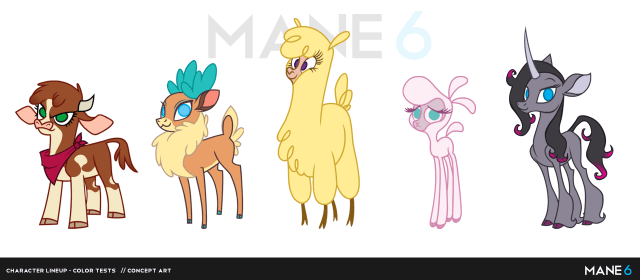
TMS: For Lauren: I’m sure people wonder what made you want to get involved in this project. To my knowledge, this is the first video game you’ve worked on. Could you describe the impetus for your involvement, and how this experience differs from your TV work?
Lauren: I was following the original game these guys were making. It was one of my FAVORITE fan projects for My Little Pony: Friendship is Magic and I was eager to see it finished. What I loved so much about it was that they didn’t just do the obvious: cute and violent. It was more than that. The ponies fought IN CHARACTER and they were animated beautifully on top of that. I was as disappointed as anyone when it was stopped, so I offered to give the team some original character designs that they could use without fear of copyright infringement.
And this is indeed the first game I’ve worked on. But my part revolves entirely around character development and storytelling. In that sense, the big difference really seems to be the lack of interference (we are our own bosses) and a lack of excessive analysis about what is and isn’t appropriate for kids and, as I said before, an audience that is eager for more subtlety and depth in the story.
I’m sure as we move forward I’ll be learning more about the needs and limitations of the “story mode” but I’m looking forward to it.
TMS: Another one for Lauren: your past projects have been kid friendly, but also appealed to older audiences (MLP obviously, as well as fans who grew up with The Powerpuff Girls being excited for the series reboot). It seems like you’re bringing that same depth of lore to Them’s Fightin’ Herds, so what’s your take on why your storytelling and characters are able to resonate regardless of demographic?
Lauren: I never wanted to talk down to kids. I remember all the shows and movies that had the most lasting impact on me when I was a child, and most of them would not get past educational consultants and marketing teams these days. Of course, when working for a studio you have to make compromises in these respects – it’s their show and their money – but I try to stay away from projects that treat kids as if they are too dumb to understand even slightly complex concepts, and I stay away from projects that put too much of an importance on the characters behaving in the way parents WANT children to behave rather than how actual young human beings behave. I like characters to have flaws and make mistakes, I like there to be meaningful stakes, and I like plots to make you worry, otherwise stories are boring.
So I guess that treating children like they are intelligent not only attracts them, but attracts older kids and adults as well.
TMS: The style of the game is very cute and friendly, but it sounds like the mechanics are about as complex as any other serious fighters out there. Can you explain what elements are being included for the competitive players?
Omari: Usually when a game is this cute, it’s a licensed product that consists of one attack button and items that blow up half the screen. With our game there are 3 attack buttons, and one special button that does something unique for every character. The game can be played with just the regular attack buttons and still be plenty of fun, but using the 4th button and interacting with your character’s unique abilities and managing their unique resource add another layer of power and complexity to your combat. Along with this is a serious fighting game system with launchers, pushblocks, unique movement options depending on character (flight, short hops, double jumps, air dashes etc.) and intense combos that have you playing wall tennis with your opponent’s body in an animation style that entertains spectators with surprisingly hilarious cartoon violence!
TMS: Obviously Lauren’s experience with similar work is well-known, but what about the rest of you? Do you guys have any specific backgrounds or prior project work that are lending useful here?
Omari: I personally have worked on several Half-Life mod teams and solo projects during independent study in high school, including a fighting game starring the comic characters my friends and I designed as kids. Unfortunately the projects fizzled out, as most of us were too young and inexperienced. However, each project was an important learning experience and solo projects in particular taught me tons of stuff about animation and game design, including how important it is to have LOTS of tenacity to close out on any project! I love to make mistakes and learn from them, since sitting around talking theory very often reaches a point where i just want to JUST DO IT in a real test environment rather than going further into what-if’s. An idea may or may not work in practice, but all of this is beneficial data in my eyes. While none of the games i participated in during high school were ever finished, it still builds a base of knowledge that I hope to grow through further experimentation. Embrace what you don’t yet know, do not fear it!
Luke Ellinghaus (Animation): For me, almost all prior experience of making games has been solo work on personal projects over the years since my childhood. They weren’t much, just some mods for existing games here and there, most of which were only ever released to my friends. I love making games so much though to a fault, that admittedly I have even skipped days of non-game-related classes in college to work on any passion projects I had at the time. It’s been an exhilarating and educational experience for me to go from working solo to working on a team!
Fran Copado (User interface): Before joining Mane6 I worked on print & editorial design. Not much of a videogame-related skill unless you’re working on the packaging or the manuals, but while I didn’t have any directly related skills on making games, I’ve been playing them for all my life, so I knew instinctively what worked and what didn’t.
Always wanted to try interface design, and game interface design in particular, so when (years ago) somebody started assembling a team to work on what then was a very short project to make a fighting game out of cute ponies beating each other up, I immediately jumped on it. A few years later, here we are. I’ve learned so much along the way and I’m expecting to learn even more as the game becomes a reality.
Jay: I’ve always been into animation and drawing, and started a internet animation company after getting a multimedia certificate in 2000. I had a habit of understanding systems and picking up software incredibly fast, which helped us take jobs that were slightly outside of our specialties. in 2005 I took a job at an e-learning company as an animator/developer and have been there ever since. The job involves listening to the ideas the clients want to get across to their staff, and figuring out a good way to do it using animation with the tools/time given. Essentially I use animation to solve problems. With the fighting game (both the original project and this one) my greatest strength has not been as an animator, but more as someone who can see art problems a little bit before they arise and try and work out solutions to those problems given the tools we have. Or thinking of something really cool we want to do and figuring out how we might achieve it. It’s like creating a problem ourselves and solving it! This involves knowing what the rest of our team can do and relying on each other to work out a solution that will work.
TMS: While the game coming to fruition is contingent upon the successful crowdfunding campaign, you’ve already attracted a lot of fans who want to know more about the characters, or who enjoy sharing fan art. How influential is the fan base proving on the direction of the game, even beyond their part in funding it?
Omari: The conversations of fan predictions on the lore and desires for certain bits of game content is super exciting! On the game content side it kind of gives a rough idea of the sort of things that fans would be excited to see, which validates or invalidates certain things we already have planned, but like everything else it’s always going to be tough to gauge the true extent of that desire, so all we can really do is to follow through on whatever direction we take to the best of our abilities.
Lauren: Yes, it’s been a fascinating experience to have fan reaction so soon in development. I get to have feedback directly from the audience instead of guesses and theories from studios. It gives you a chance to experiment with ideas that studios might be too afraid to try.
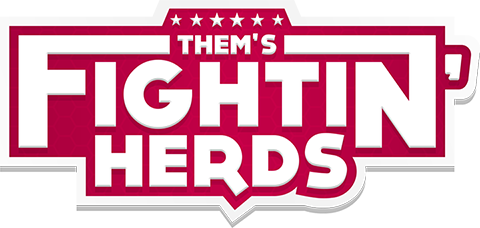
Mane6: We’d also like to emphasize the fact that we’re setting our game apart from most of its genre by having cute characters into the cast instead of muscled, oiled-up, oversexualized characters, as well as for being the first (as far as we know) fighting game with a full cast of four-legged characters, all of which are currently female. The crowdfund is [in] its last week of funding as well, and our project depends 100% on the pledgers. No hidden sponsors here, and we’re not using the crowdfund as a means to gauge interest for a publisher by using a nominal sum that’ll be irrelevant in the grand scheme of development, so people wanting to see Them’s Fightin’ Herds and its universe become a reality, as well as seeing more from Lauren Faust’s creative powers in a full, unrestricted-by-networks or executives swing should consider pledging to our campaign, because we most certainly have way more things we’d like to show and do with this new, creator-owned property!
You can learn more about the project and contribute in its last days of funding at the Them’s Fightin’ Herds campaign page on Indiegogo.
Chris Isaac is a pop culture and fiction writer from Philadelphia whose work has appeared in such places as the Philadelphia Inquirer, and USA TODAY College. If staying up to date on his missteps in video games, stories about pirates, and pictures of a chubby albino ferret interests you, you should follow him on Twitter.
—Please make note of The Mary Sue’s general comment policy.—
Do you follow The Mary Sue on Twitter, Facebook, Tumblr, Pinterest, & Google +?



